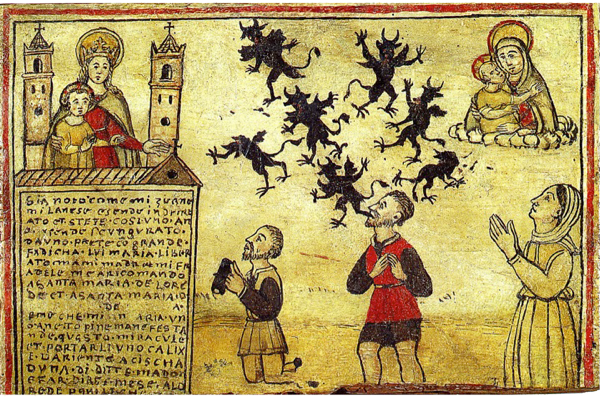The Miraculous and the Diabolical in Late Medieval and Early Modern Europe

In this course we will investigate 'supernatural' phenomena in the visual arts: divine acts, miracles, magic, and sorcery. We will be interested in how and why people in late medieval and early modern Europe distinguished between the 'supernatural' and the 'natural', as well as the extreme fluidity of these terms. We will investigate how certain 'supernatural' occurrences were considered to have been caused by God, saints, and holy men and women, while others were said to be the work of the devil, demons, sorcerers, witches, and tricksters. A variety of artistic media and genres will be studied: narrative paintings, prints, miraculous images, votive objects, relics and reliquaries, incantations, and prayers. We will also be interested in how conceptions about the miraculous and diabolical were applied to artists and to works of art: the 'divine' Michelangelo was compared to the supreme animator, God; figures of devils in paintings were defaced in order to prevent evil forces from acting through the images. Our inquiry will extend beyond the boundaries of Europe and consider modern day experiences for comparative purposes.
Textbooks/Other Materials: Articles will be posted on Canvas
Course Requirements: There will be a mid-term exam, a final exam, two reading response papers, and a required 'creative project' that will not be graded.
Intended Audience: All students welcome, no prior art history necessary
Class Format: Lecture
Estimated Cost of Materials: $0-50
HISTART Distribution Requirements: D. Europe and the US, 2. Medieval, 3. Early Modern
This course fulfils the LSA Humanities Distribution requirement